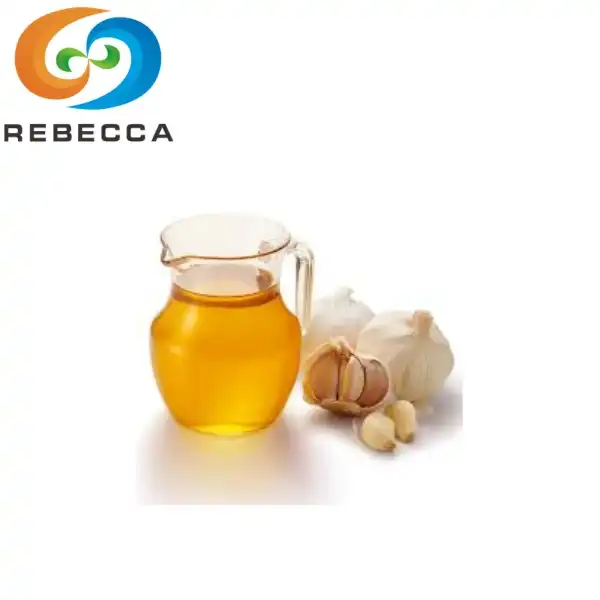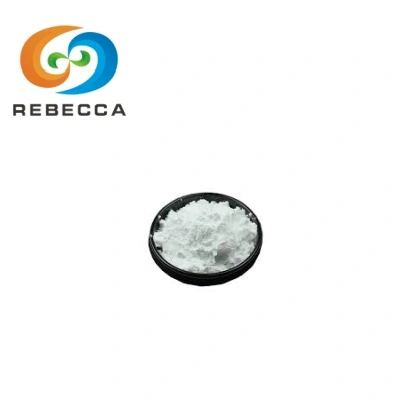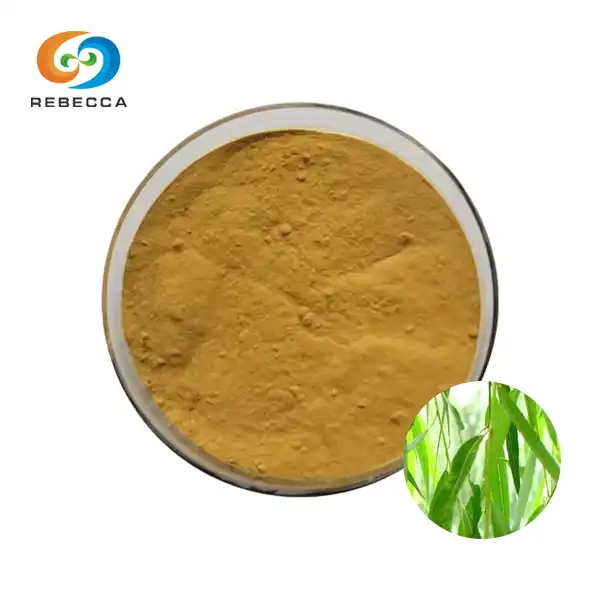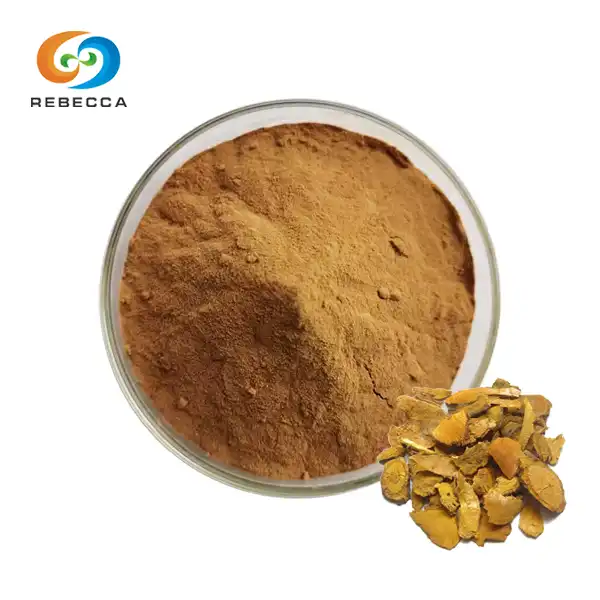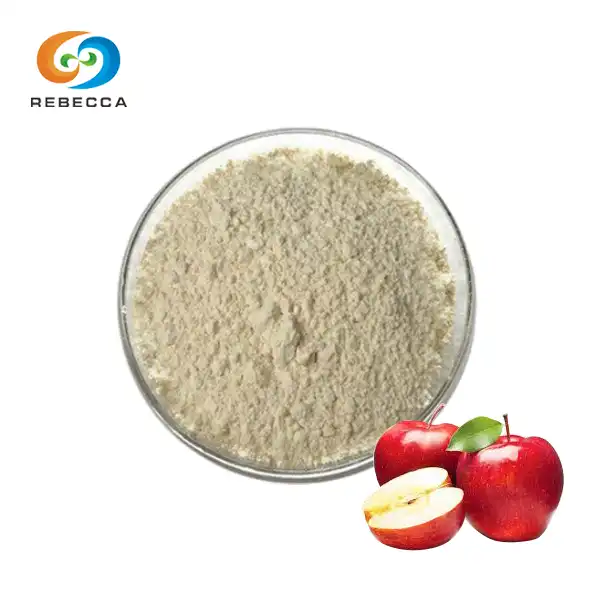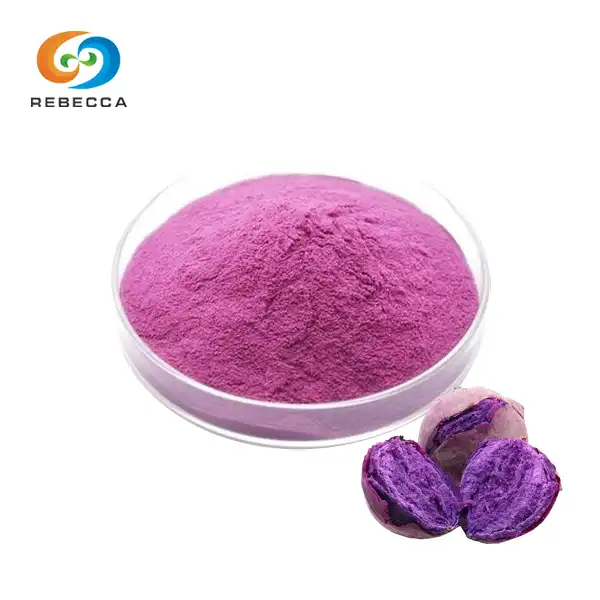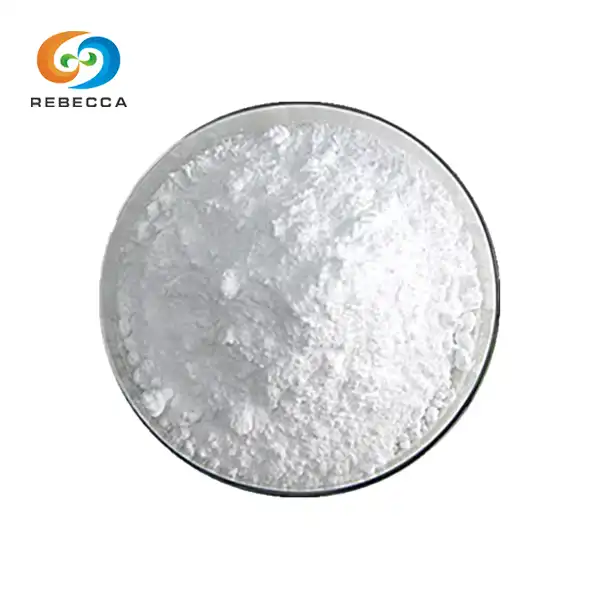Can nonivamide be applied to pain?
Pain management remains one of the most challenging areas in modern medicine. With the growing concerns about opioid dependency and the side effects of conventional pain medications, researchers and healthcare professionals are increasingly exploring alternative compounds that can effectively alleviate pain with fewer adverse effects. One such compound that has gained significant attention in recent years is nonivamide, a synthetic capsaicinoid that offers promising potential in pain therapy applications. The availability of high-quality nonivamide powder has enabled researchers to develop various pain management formulations that target specific pain pathways in the body.
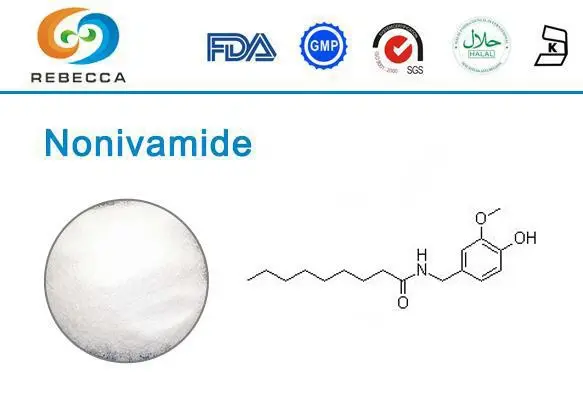
Mechanism in Pain Therapy
The effectiveness of nonivamide in pain management is directly linked to its interaction with specific receptors in our nervous system. Like capsaicin, nonivamide primarily targets the transient receptor potential vanilloid 1 (TRPV1) channels, which are predominantly found in nociceptive neurons responsible for detecting and transmitting pain signals to the brain.
When nonivamide powder is formulated into topical applications and applied to the skin, it binds to these TRPV1 receptors, initially causing a sensation of heat or mild burning. This sensation represents the activation of these pain receptors. However, with continued or repeated application, something remarkable happens: the substance begins to desensitize these receptors, effectively reducing their ability to transmit pain signals.
This mechanism, known as defunctionalization, involves several processes at the cellular level. First, the continuous activation of TRPV1 receptors by nonivamide leads to calcium influx into the neurons, which initially heightens sensitivity but eventually depletes substance P, a key neurotransmitter involved in pain signaling. Additionally, the persistent stimulation causes a retraction of nerve fibers in the epidermis, further reducing pain signal transmission.
Research has demonstrated that nonivamide's effects go beyond simple receptor binding. Studies have shown that it modulates several inflammatory pathways, reducing the production of pro-inflammatory cytokines that contribute to pain sensitization. This dual action, both on pain sensation and inflammation, makes nonivamide particularly valuable in conditions where inflammation contributes significantly to pain, such as arthritis.
What sets nonivamide apart from natural capsaicin is its enhanced stability and consistent potency. Pharmaceutical-grade nonivamide powder can be manufactured with precise concentrations, ensuring reliable therapeutic effects across different product batches. This predictability is crucial in clinical settings where consistent patient outcomes are essential.

Medical Applications for Pain
The versatility of nonivamide in addressing various pain conditions has led to its incorporation into multiple therapeutic approaches across different medical specialties. As research expands, the applications of pharmaceutical-grade nonivamide powder continue to grow, offering hope to patients with conditions previously difficult to manage effectively.
Neuropathic pain represents one of the most promising applications for nonivamide-based treatments. Conditions such as diabetic neuropathy, postherpetic neuralgia (following shingles), and HIV-associated neuropathy have shown significant response to nonivamide formulations. Clinical trials have demonstrated that topical applications containing precisely formulated nonivamide powder can reduce pain intensity by 30-50% in many patients with these challenging conditions. The treatment works by gradually reducing hyperexcitability in damaged nerves that typically cause the burning, tingling sensations characteristic of neuropathic pain.
Musculoskeletal pain conditions also respond favorably to nonivamide therapy. Osteoarthritis, one of the most common causes of chronic pain worldwide, has been a particular focus of research. Studies comparing nonivamide-containing creams with placebo have consistently shown superior pain reduction and improved joint mobility in knee and hand osteoarthritis. The compound's ability to reduce both pain signaling and localized inflammation makes it particularly suitable for these conditions, where both mechanisms contribute to symptom severity.
Sports medicine has embraced nonivamide formulations for treating acute injuries and chronic overuse conditions. Athletes commonly use nonivamide-based products for muscle strains, tendonitis, and post-exercise recovery. The compound's ability to temporarily reduce pain sensitivity allows for better rehabilitation participation while potentially supporting the healing process through its anti-inflammatory properties.

Formulations and Usage
The therapeutic potential of nonivamide is largely determined by the formulations through which it is delivered. Pharmaceutical manufacturers have developed various delivery systems utilizing nonivamide powder to optimize its pain-relieving properties while ensuring patient comfort and compliance. These formulations differ in concentration, penetration ability, and release profiles, allowing healthcare providers to select the most appropriate option based on the specific pain condition and patient needs.
Topical creams and gels represent the most commonly available nonivamide formulations. These products typically contain concentrations ranging from 0.025% to 0.1% nonivamide powder integrated into carefully designed bases that enhance skin penetration while controlling release rates. Lower-concentration formulations (0.025-0.05%) are generally recommended for initial treatment or sensitive areas, while higher concentrations may provide more robust effects for recalcitrant pain conditions. These topical preparations should be applied to affected areas 3-4 times daily, with visible results often appearing after 1-2 weeks of consistent use.
Transdermal patches containing nonivamide offer an alternative delivery method with several distinct advantages. Unlike creams that require frequent reapplication, patches can deliver consistent doses of nonivamide over extended periods, ranging from 4 to 12 hours depending on the specific product design. The controlled release technology incorporated into these patches helps minimize the initial burning sensation while maintaining therapeutic concentrations at the application site. This formulation is particularly beneficial for patients with mobility limitations or those who prefer less frequent application schedules.

Rebecca: Nonivamide For Sale
Pain management continues to evolve, and nonivamide represents a significant advancement in our therapeutic arsenal. Through its unique mechanism of action targeting TRPV1 receptors, this compound offers substantial benefits for various painful conditions ranging from neuropathic disorders to musculoskeletal complaints. The versatility of nonivamide in different pharmaceutical formulations allows for customized treatment approaches tailored to specific patient needs and pain characteristics.
As research continues to expand our understanding of nonivamide's potential applications, we can anticipate further refinements in delivery technologies and treatment protocols that will enhance its effectiveness while minimizing side effects. For patients seeking alternatives to conventional pain medications, particularly those concerned about dependency issues or systemic side effects, nonivamide-based therapies offer a promising option worth considering in consultation with healthcare providers.
Rebecca is a professional nonivamide supplier offering premium quality products with verified specifications. Our pharmaceutical-grade nonivamide powder is available in multiple concentrations, including 70%, 98%, and 99% purity levels verified by HPLC testing. As a dedicated manufacturer and supplier of Nonivamide (CAS 2444-46-4), we maintain rigorous quality control standards to ensure product consistency and efficacy.
Free samples are available upon request to qualified businesses and research institutions. Comprehensive MSDS documentation is provided with all orders to support safe handling and formulation processes. Our team of experts is ready to assist with technical specifications and application guidance to ensure optimal results for your specific needs.
For more information or to place an order, please reach out to us at information@sxrebecca.com.
References
- Jensen TS, Finnerup NB. "Allodynia and hyperalgesia in neuropathic pain: clinical manifestations and mechanisms." The Lancet Neurology. 2014;13(9):924-935.
- Anand P, Bley K. "Topical capsaicin for pain management: therapeutic potential and mechanisms of action of the new high-concentration capsaicin 8% patch." British Journal of Anaesthesia. 2011;107(4):490-502.
- Fattori V, Hohmann MSN, Rossaneis AC, et al. "Capsaicin: Current understanding of its mechanisms and therapy of pain and other pre-clinical and clinical uses." Molecules. 2016;21(7):844.
- Peppin JF, Pappagallo M. "Capsaicinoids in the treatment of neuropathic pain: a review." Therapeutic Advances in Neurological Disorders. 2014;7(1):22-32.
- Derry S, Rice AS, Cole P, et al. "Topical capsaicin (high concentration) for chronic neuropathic pain in adults." Cochrane Database of Systematic Reviews. 2017;1:CD007393.
- O'Neill J, Brock C, Olesen AE, et al. "Unravelling the mystery of capsaicin: a tool to understand and treat pain." Pharmacological Reviews. 2012;64(4):939-971.
